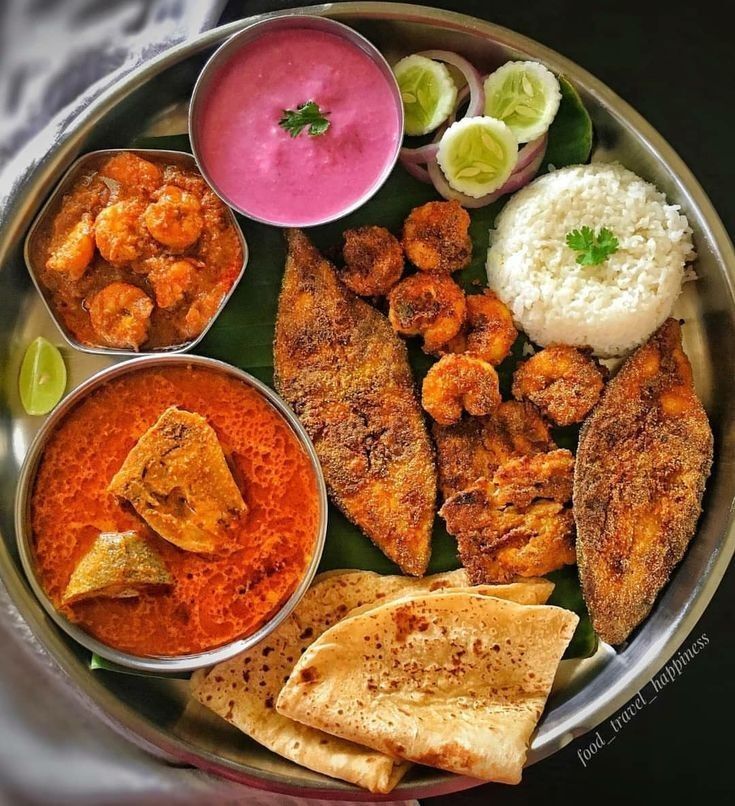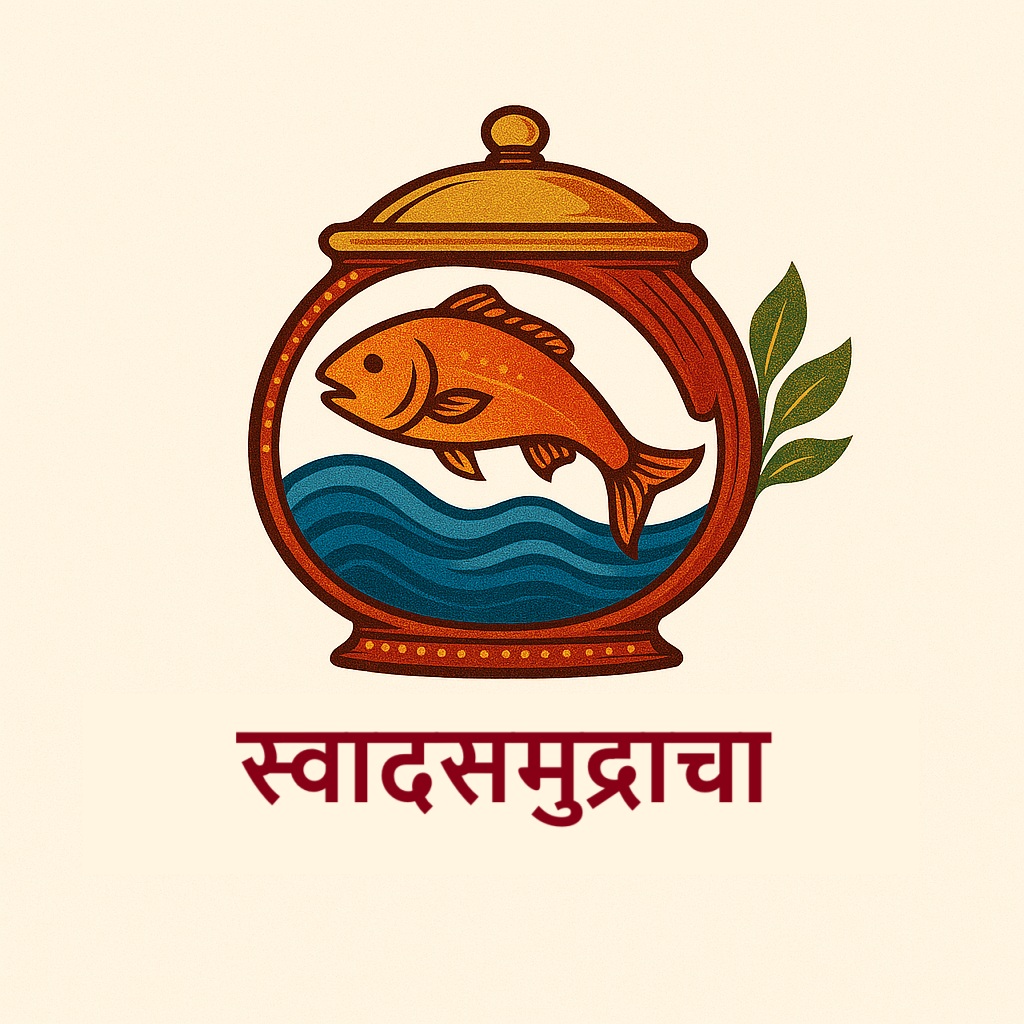Cultural Significance of Malvani Seafood: A Taste of Konkan's Heritage
Malvani cuisine, a vibrant culinary tradition from the Konkan region of Maharashtra and Goa, is more than just food—it’s a celebration of culture, history, and coastal life. At the heart of this cuisine lies Malvani seafood, renowned for its bold flavors, fresh ingredients, and deep-rooted cultural significance. From spicy curries to crispy fried fish, Malvani seafood has become a symbol of the coastal Konkan identity.

What is Malvani Cuisine?
Malvani cuisine originates from the Sindhudurg district in Maharashtra, and parts of Goa and Karnataka. It blends Konkani, Maharashtrian, and Goan influences, creating a unique flavor profile that balances heat, spice, and tanginess.
The cuisine is known for its generous use of:
Coconut (grated, milk, and paste)
Malvani masala (a secret blend of over 15 spices)
Kokum (a souring agent native to the region)
Fresh seafood like pomfret, surmai (kingfish), bombil (Bombay duck), prawns, and crabs.
Why is Malvani Seafood Culturally Significant?
1. A Way of Life for Coastal Communities
For the fisherfolk of Konkan, seafood isn’t just sustenance—it’s a way of life. Fishing traditions have been passed down for generations, and seafood dishes form the backbone of family meals, community gatherings, and local festivals.
2. Seasonal and Sustainable Eating
Malvani cuisine emphasizes seasonal availability. The types of fish caught and cooked vary with the monsoons and tides, promoting sustainable fishing practices that align with nature.
